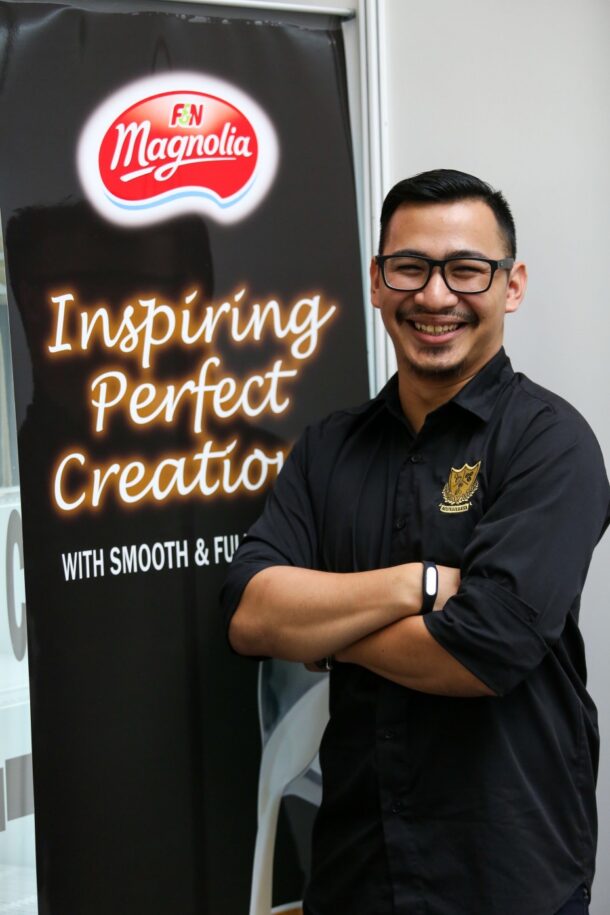By GINGER ANG and IAN YEE
alltherage@thestar.com.my
IT seems like a new hipstery café opens every other week these days. In fact, their numbers are growing at 7% a year, according to a 2014 article in Business Insider Malaysia.
Speaking to R.AGE, members of the newly-founded Cafe Owners Alliance Malaysia (COAM) guestimated that ten independently-operated cafés open in the Klang Valley every month. That works out to over 120 new cafes a year, just in the Klang Valley!
But not all these coffee joints thrive, and many don’t even survive. COAM administrator Hellen Woon said many have been shutting down – some within three months of opening!
According to Barista Guild Asia (BGA) academic director Daniel Liew, the first two years normally make or break a cafe. “Once you’re past that, it’s likelier to go the distance,” he said.
Of the 500 or so students BGA has taken in since its inception in 2012, around 80% end up starting their own cafés. Of those, an estimated 10% close down.
BGA barista trainer Levi Asher (pic) says one of the main reasons cafés collapse is because many new owners spend too much on equipment.
“Many of them prefer to buy something fancy, instead of a humble machine that gets the job done,” said Asher.
While entry-level coffee machines cost around RM15,000-30,000, more sophisticated ones can factor in at a whopping RM100,000. Owners without technical know-how can also get ripped off when it comes to servicing the machines.
“It’s very important to know your machine. Most people don’t know how to fix their own cars – they just send them to workshops. But you should at least know how to change your own engine oil. It’s the same with coffee machines,” he said.
Liew added that many who buy from cheaper unauthorised importers end up losing out instead when the machines break down, because there’s no technical support and parts are hard to come by.
Many cafés that jump on the bandwagon of starting roasteries also struggle because of the fluctuating prices of green beans, which are traded in US dollars.
Joey Mah, the co-owner and roaster at Artisan Roastery, said: “It’s never easy to import unroasted beans because of the exchange rate. We’ve always been buying expensive coffee, but we shouldn’t burden our customers with higher prices.”
Cafés/roasteries also have to compete with major importers, who purchase a couple hundred tonnes of green beans a year. And on top of that, you have to pay GST on green beans now, though roasted beans are exempted.
Then there’s the David and Goliath situation between smaller cafés and international chains. In order to compete with the big boys (who sell cheaper to produce commercial grade coffee), café owners are often forced to undercharge for the premium stuff.
Lattes, for example, sell at most independent cafés for RM10-11, around the same price as commercial coffee outlets. But, according to Asher, the cost of making a latte with premium grade beans is around three to four ringgit. Commercial grade coffee can be made for half of that.
Many baristas who decide to open their own cafés lack the financial expertise needed to keep the business going. “Being passionate about coffee isn’t enough,” said Asher. “The place can’t succeed if you think like a barista.”
Likewise, business-savvy café owners often find themselves overly-dependent on their baristas. “You can’t just open a coffee joint and expect someone else to make your coffee for you.” said Mah.
Partnerships between business-minded investors and baristas don’t often work out either. “They tend to rush into things, and then when there’s a dispute, someone wants out,” said Liew, who nevertheless recommends finding partners with different skills when opening a café.
Many owners are also unwilling to pay for trained baristas or send existing staff for courses.
“Baristas come up with new coffee blends and drinks that’ll keep people coming back,” said Woon. “But the owners don’t see it that way.”
Marianne Tan, one of the owners of Morningwood café, said it’s the nitty-gritty things like stock purchasing and applying for permits that really takes a lot of work.
Liew agreed, saying: “Managing a café is actually much harder than people think. You should work part time and learn the trade at a café before jumping into the industry.”







